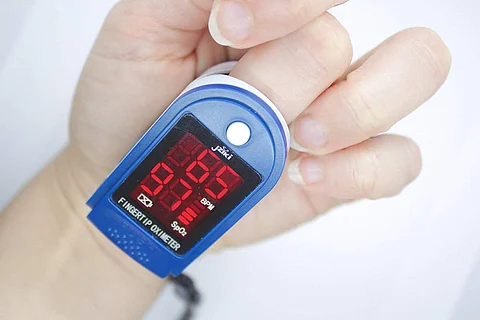

People have become accustomed to having their temperature checked during the pandemic because fever is a key indicator of COVID-19. New research led by researchers at Washington State University proposes that taking a temperature is a less useful indicator of infection in older adults and that a pulse oximeter be used instead.
The paper, published in the journal Frontiers in Medicine, said baseline temperatures are lower in older adults. A lower baseline temperature means a fever may be overlooked using the CDC's standard definition of 100.4 degrees Fahrenheit or greater. "In fact," the paper says, "upwards of 30 per cent of older adults with serious infections show mild or no fever."
Other common signs of COVID may also be dismissed and attributed to aging, such as fatigue, body aches and loss of taste or smell. Additionally, some COVID-19 patients have no visible signs of having low oxygen levels, such as shortness of breath, yet have oxygen saturation below 90 per cent. Such asymptomatic hypoxia can be associated with extremely poor outcomes.
Van Son and Eti say inexpensive, portable pulse oximeters should be considered for wide use in COVID-19 screenings of older adults because the devices can detect changes in oxygen saturation without other indications of infection. "Detecting (asymptomatic hypoxia) is critical for the prevention of infection progression and initiating treatment," they wrote. "Earlier interventions could help patients avoid highly invasive procedures (intubation) and improve the allocation of scarce healthcare resources."
